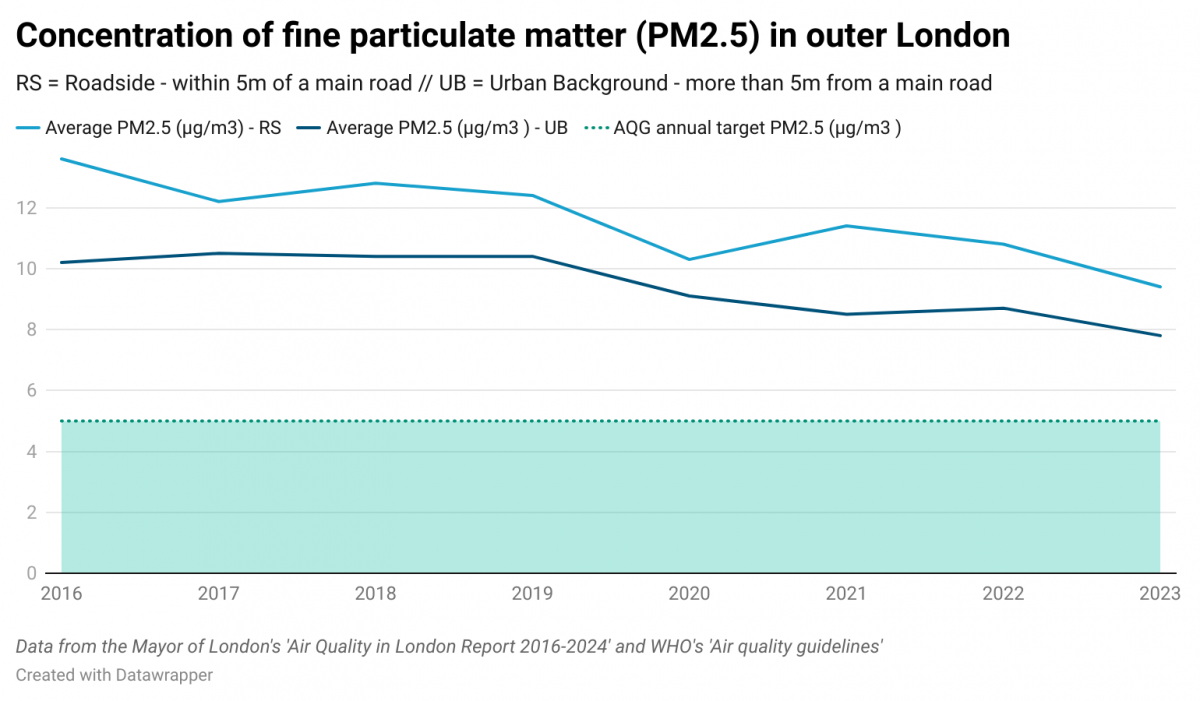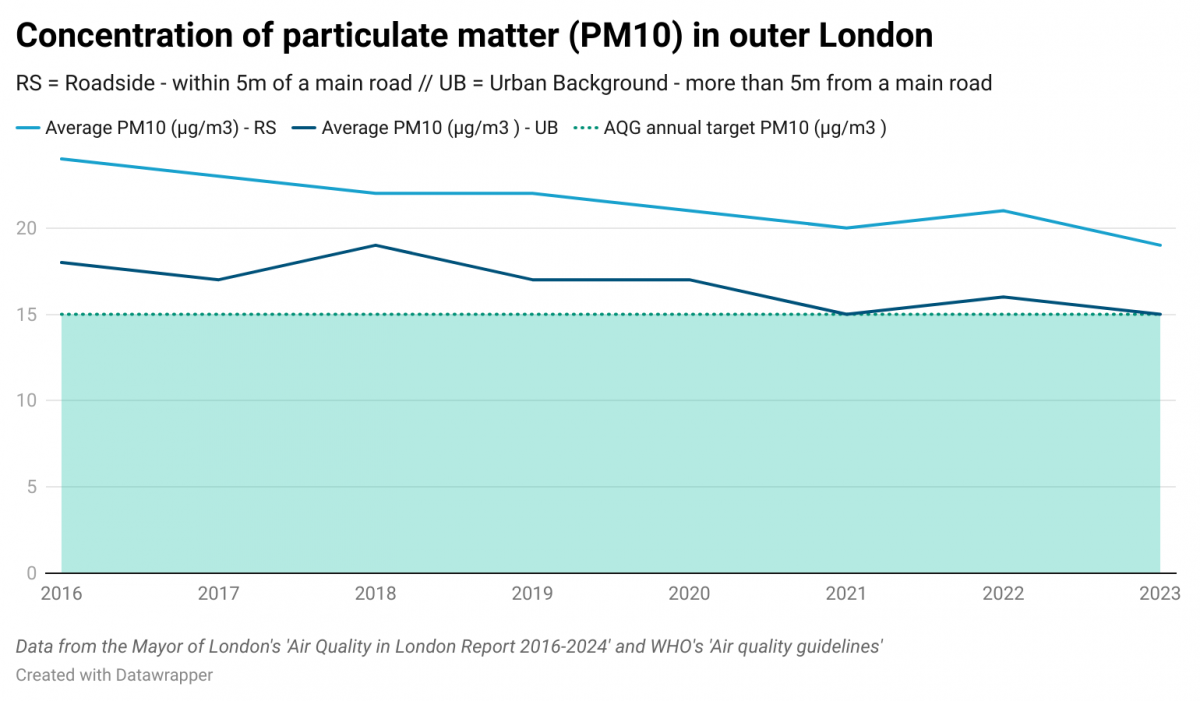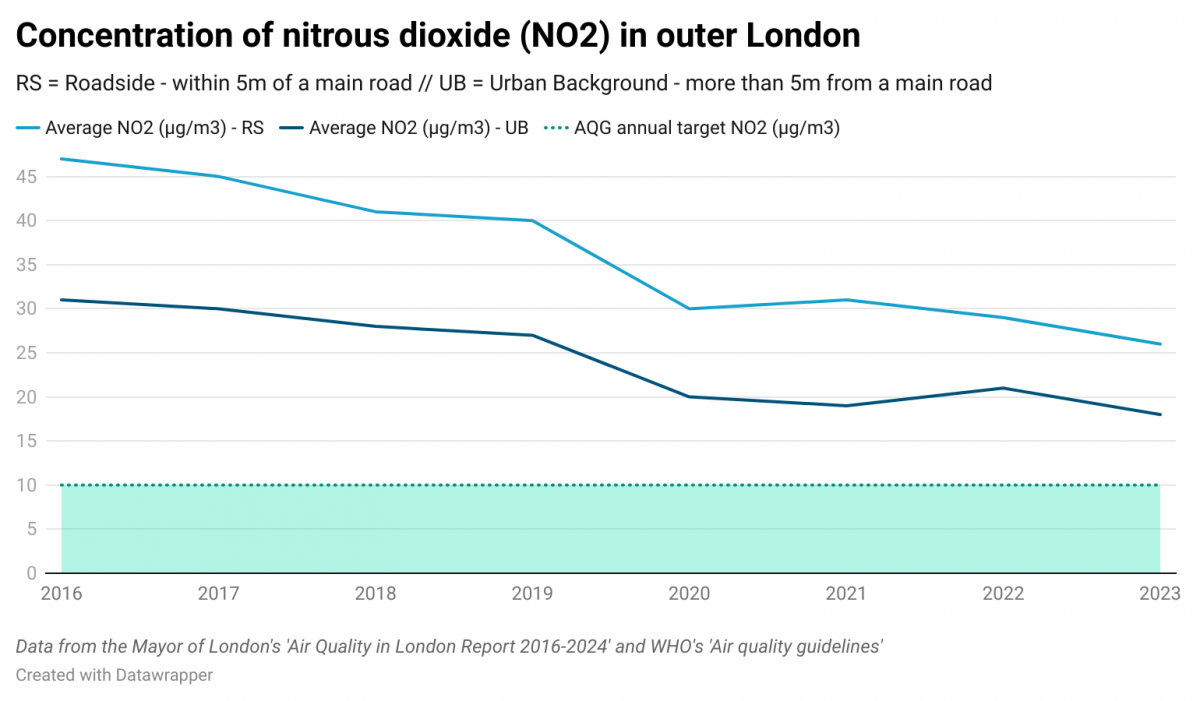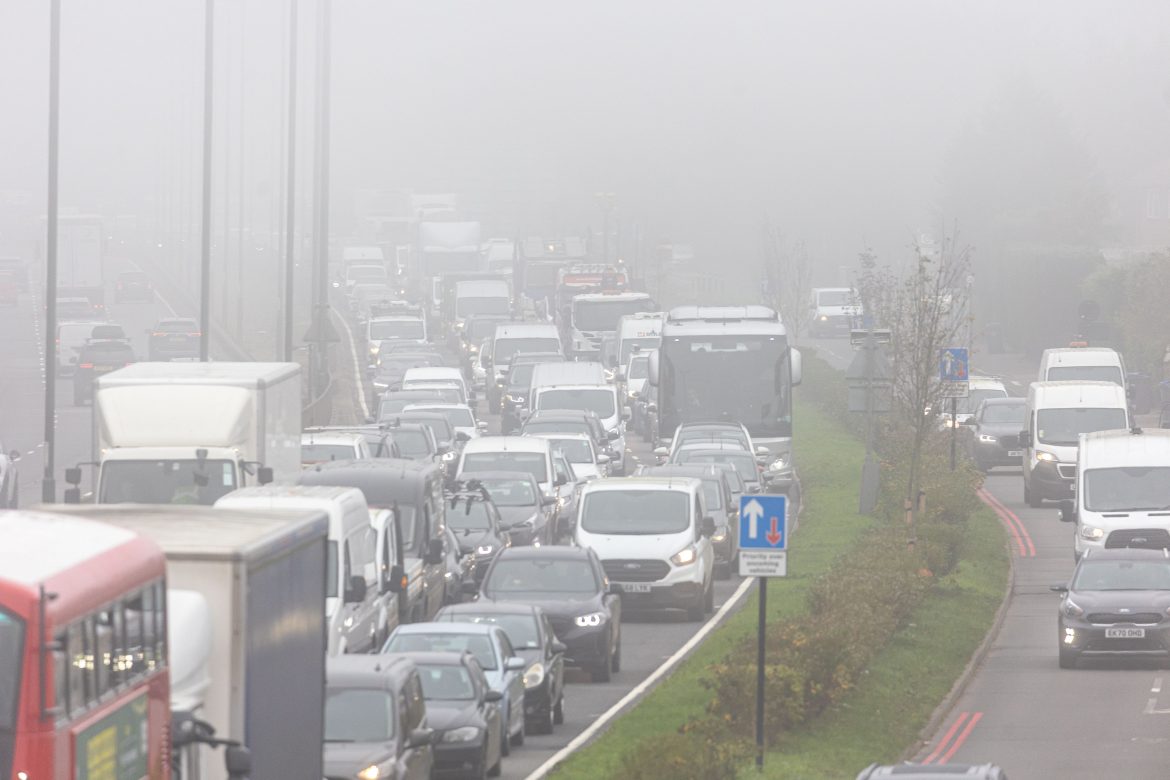New figures from the office of the Mayor of London show visible increases in air quality in outer London, however in many categories, it still does not meet the World Health Organisation’s Air Quality Guidelines (AQG).
Responding to the report, Kingston Councillor Ian Manders said the figures were “encouraging” but admitted more work is required in some areas.
Cllr. Manders, who is Portfolio Holder for Climate Action and Sustainable Transport, said: “It is encouraging to see that our monitoring network and modelling shows that air quality in Kingston has generally experienced steady improvement over the last decade.”
However he added: “Pollution levels for nitrogen dioxide and particulate matter (PM10) in a number of areas of the borough are well below national objective levels.”
According to IQAir’s Air Quality Index, which provides up to date data and forecasts regarding air quality, Kingston is frequently marked as a moderate area of concern due to the concentration of fine particulate matter (PM2.5).



Whilst the report also shows certain national targets and interim objectives have been met, the rate of decrease means London is unlikely to meet the AQGs until past 2030, highlighting how further changes must be made.
In 2023, roadside (within 5m of a major road) air quality in outer London was below AQG standards in terms of concentration of fine particulate matter, particulate matter, and nitrous dioxide.
Cllr. Manders said: “Our Air Quality Action Plan sets out the actions the council is taking to improve air quality.”
He said traffic emissions were the most significant source of nitrogen oxide and particulate matter in the borough and added: “Many of our actions are designed to reduce the impact of this source by encouraging a modal shift and behaviour change away from the more polluting forms of transport.
“This includes the creation of safer cycling routes, supporting e-bike hire and other actions that make it easier to travel around the borough without a car.”
Cllr Manders also pointed out the recent increase in construction in the borough, with major projects such as the Unilever HQ and the major roadworks at Tolworth occurring for most of 2023.
Domestic wood burners also pose a threat to the air quality in Kingston as they produce fine particulate matter, and the council are hoping to tackle this with future legislation.
“The whole borough will be subject to a new Smoke Control Order from April which requires that burning of fuels in homes is subject to strict controls regarding air quality.”
Health problems related to wood burning costs the NHS £187 million a year according to the London Wood Burning Project due to fine particulate matter’s contribution to respiratory and heart issues.
Responding to the air quality report, the Mayor of London Sadiq Khan, said: “Clean air matters for so many reasons – helping to increase children’s life expectancy, reduce hospital admissions for asthma and serious lung conditions, and enable people to lead longer, healthier lives.”
Khan’s commitment to improving air quality in all of London was seen in the expansion of the Ultra-Low Emission Zone (ULEZ) in August 2023, to all boroughs. The expansion of the scheme means any vehicle which does not meet the low emissions criteria will have to pay a fee when entering Greater London.
The report showed ULEZ has helped lower emissions in central, and inner London, in the last few years.
Early findings from the report shows a similar trend in outer London since August 2023, but the full impact will not be seen until next year’s air quality figures.
Khan continued: “Every Londoner should be proud of the remarkable progress we’ve made in improving our air quality since 2016. Together, we’ve cut roadside nitrogen dioxide pollution in half and achieved the lowest annual levels on record.
“However, there is still more work to do. Air pollution levels are still damaging Londoners’ health. “
Likes his football





